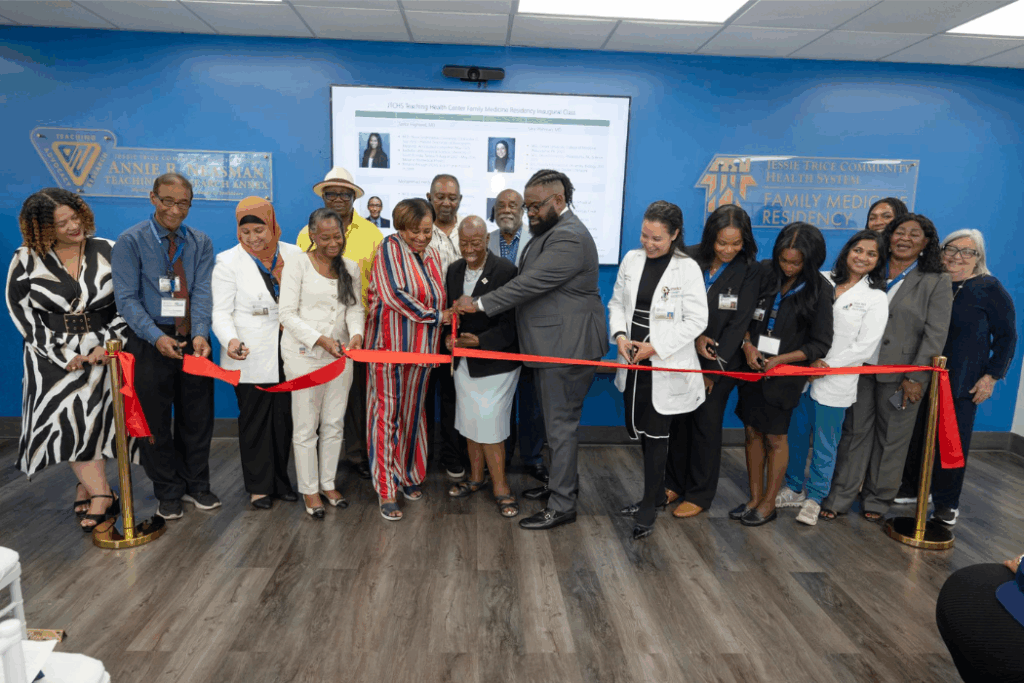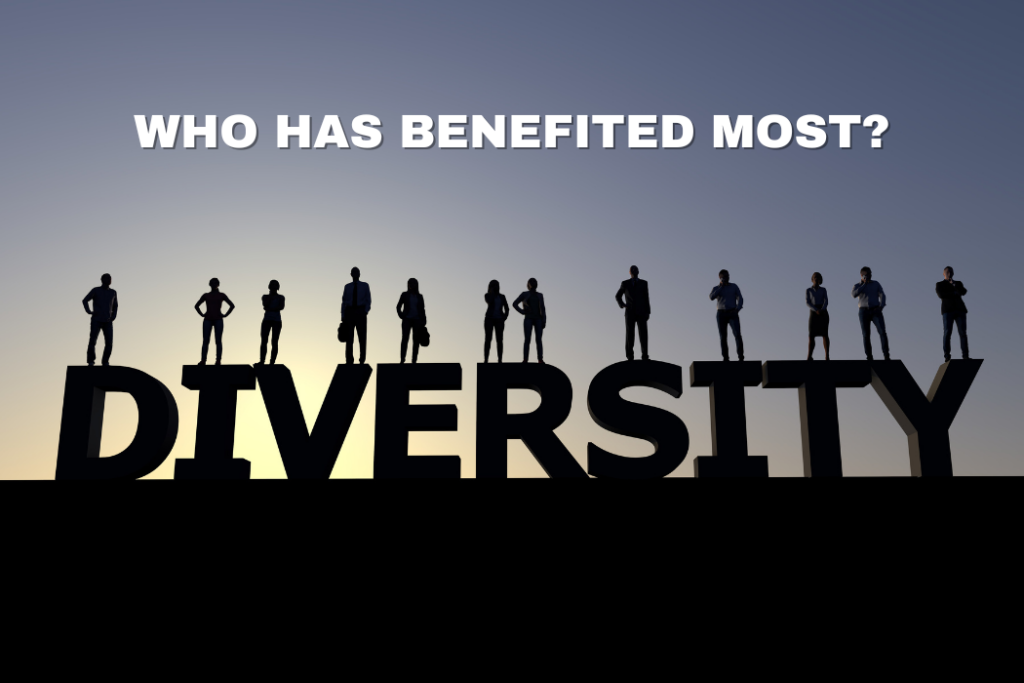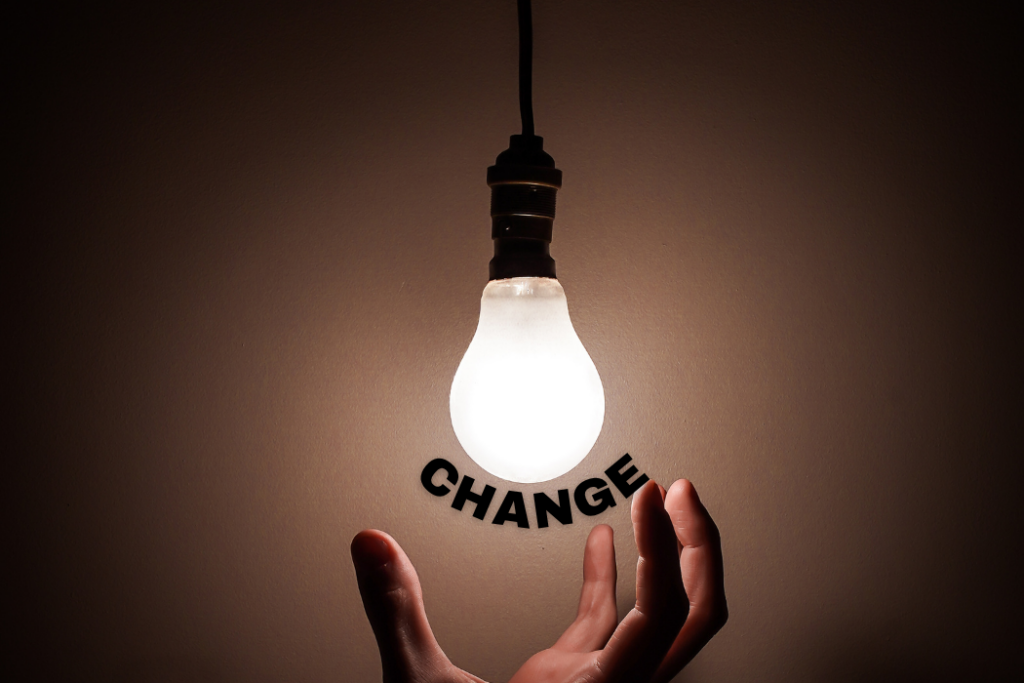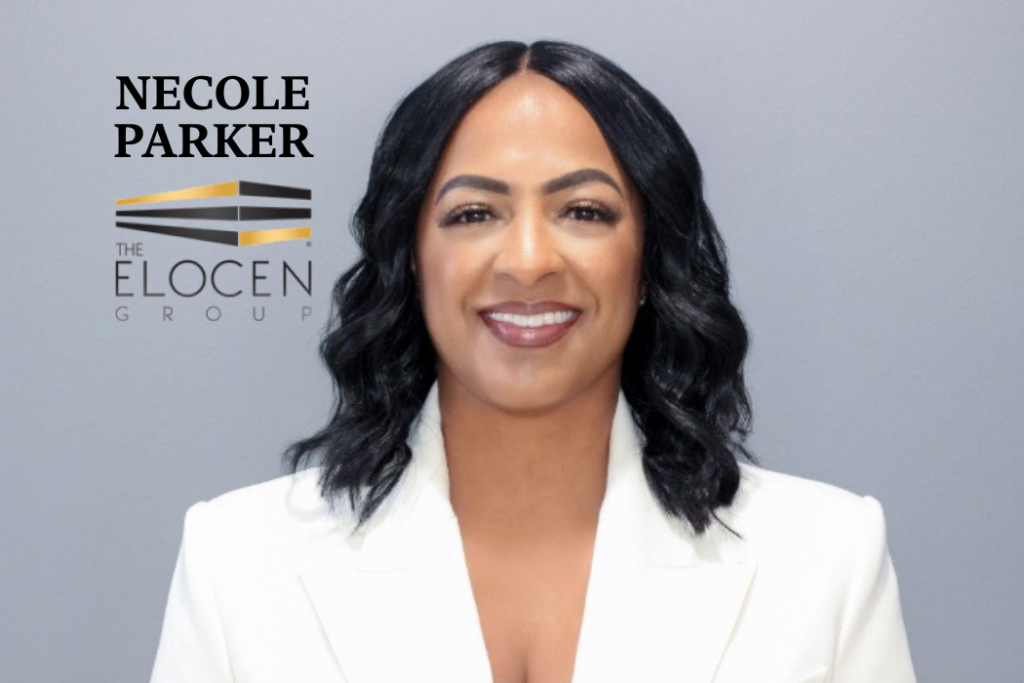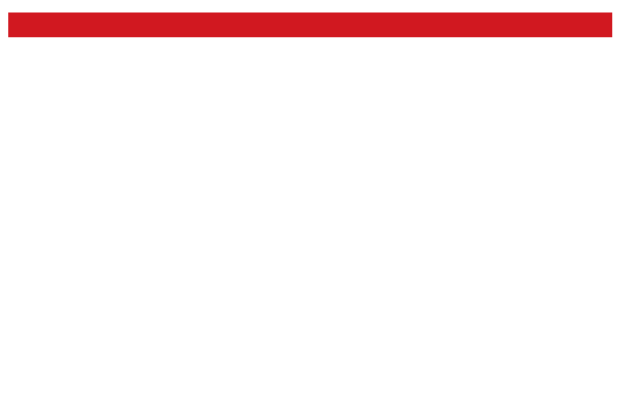
Originating in the United States, supplier diversity has traditionally been considered a priority strictly for U.S.-based companies, but as our global economy becomes increasingly interconnected our supply chain work has found that not all drivers for an inclusive supply chain are unique to the U.S. While the trend towards global supplier diversity is relatively new, in relation to U.S.-based efforts, there is growing recognition and data that acknowledges the central role women-owned businesses play in driving the economic growth and stability of a country. Entrepreneurial activity by women is increasing around the world in response to limited opportunities for private sector employment, and in turn these women seek to provide their own opportunity through the establishment of businesses.
Globally, women entrepreneurs are a significant factor in employment generation, community development, and economic growth potential. Despite the increasing number of women entrepreneurs, women-owned businesses are vastly underrepresented in procurement contracts. Today, only one percent of large corporate and government spend worldwide goes to women-owned businesses and this number has been stagnant for too long. And yet, if women and men participated equally in the local markets, as much as $28 trillion could be added to the global annual GDP by 2025. The private and public sector alike has read this data and understands that global supplier diversity and the commitment to the expansion of diverse suppliers is no longer a stand-alone project but rather a strategic investment.
For corporations seeking to expand supplier diversity to integrate fully within their global supply chain, it is imperative to understand and adapt to the regional regulations and laws as well as cultural and societal standards of the markets they seek to enter. Establishing this foundation of knowledge allows for small and large scale market expansion and once established, the processes, goals, and materials can be replicated and tailored to new markets. Companies with deliberate goals and objectives experience the most successful outcomes from the global expansion of supplier diversity including improved relationships with local suppliers and their communities, providing more efficient and effective workflows and greater perspective and innovation.

The rate in which corporations are providing women entrepreneurs with skills training and mentorship opportunities not only as a corporate social responsibility initiative, but also as a tactic towards increasing the pipeline of qualified and innovative vendors is on the rise. Diversity organizations such as WEConnect International, have found that by focusing heavily on education and training of local women business owners there is increased success in becoming prime or subcontractors. The shared responsibility of the non-profit community with the private sector means greater impact on communities and greater impact to company’s bottom line.
One such example of successful partnership includes the Women’s Entrepreneurship Development Program by Walmart India. Launched in 2016 in partnership with WEConnect International, the program aims to equip women-owned businesses with professional and life skills needed to build a sustainable business. The 2019 program itself saw 120 applicants from 11 different states in India that were taken through a series of trainings including learning modules on resource management, marketing, finance, business strategy, operations, legal, and compliance. This program saw engagement from nearly ten top executives including reinvigoration by President & CEO of Walmart India, Krish Lyer, who reaffirmed her commitment to women’s economic empowerment publicly during the graduation ceremony in 2019.
Another prime example comes from WEConnect International’s 2019 Corporate of the year, Procter & Gamble, who has helped provide a ten module training series in China, Turkey, South Africa, Mexico, Nigeria, India, Brazil, Costa Rica, Singapore, and the UK since 2017. Speaking at the 2019 kick-off ceremony in Singapore, Stewart Atkinson, chief purchasing officer, P&G Global said, “At P&G, we are focused on helping remove barriers to economic opportunities for women through sustainable measures and advocacy efforts. We are committed to ensuring women-owned businesses are a growing part of our external partners ecosystem. WEConnect International is a strategic partner in our efforts and shares a common vision of providing equal opportunity to women entrepreneurs to help them implement successful business solutions that will ensure mutual sustainable economic growth for partners and P&G.”

Corporations such as these are recognizing the stark lack of access to skills training and networks that continue to be a major obstacle for the growth of women-owned businesses. These initiatives help to build better connections between women-owned businesses and multinational corporations while jointly reinforcing women’s equality in business.
Building a movement towards global supplier diversity has taken over ten years and yet we have failed to move the needle above one percent of global spend with women-owned businesses. The incremental change that we have seen over the last decade, while promising, is not enough to truly level the playing field for women business owners around the world. In order to get more money into the hands of women, corporations must consider who their consumers are, where they are currently doing business, and if their supply chain reflects that diverse customer and employee base. Here is how any corporation, big or small, can start:
- Determine best market to establish supplier diversity efforts outside the U.S.
- Identify current non-U.S. women-owned suppliers
- Determine current spend and establish baseline
- Develop annual supplier diversity spend objectives
- Identify local company advocates
- Build partnerships with organizations, such as WEConnect International and the Women’s Business Enterprise National Council, who provide knowledge and resources on identifying and sourcing from women-owned businesses.



